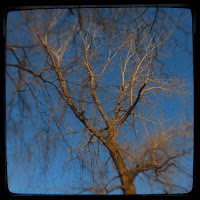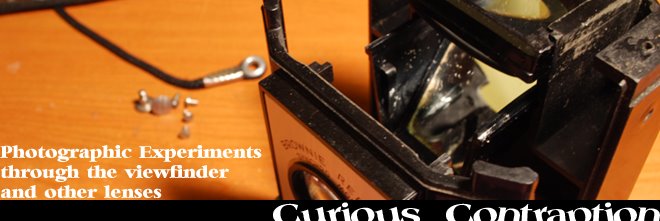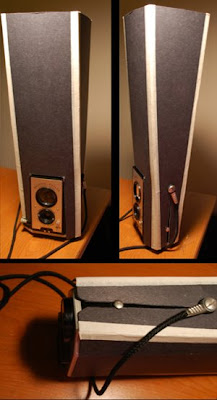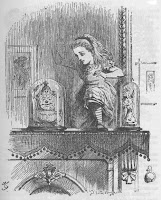
I've always had bad luck with cameras & photography in general, mostly because I have no idea what I am doing. But what I have noticed, is that
what I see, is never what I get, or more realistically...
what I get, isn't what I want. Maybe it is because I'm impatient, perpetually shaky, or maybe just a little too
myopic. My photos come out without
feeling and are technically of poor quality and always b-l-a-h even after hours of image manipulation and pixel pushing.
I want to capture that elusive picture in my mind, or at very least, something mildly interesting. Maybe the vignettes, distortion, scratches and dust through the viewfinder will be my salvation.
-Diana Norman



 Didn't think I would get outside today, but ended up at the park down the street. It was a cold 12°F outside and no matter how much you smile, an hour and a half at that temperature will freeze your cheeks.
Didn't think I would get outside today, but ended up at the park down the street. It was a cold 12°F outside and no matter how much you smile, an hour and a half at that temperature will freeze your cheeks.











